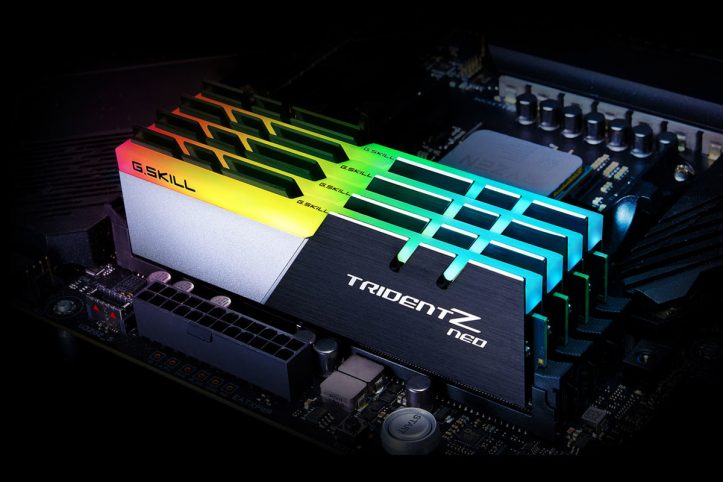RAM is an acronym for random access memory. When RAM was first introduced, it offered great promises for the advancement of computers. The concept of random access memory was conceived by some scientists who wanted to create machines that could execute instructions many times in a succession without waiting for a single clock cycle. In other words, the machine would be able to execute multiple instructions in the space of one instruction. This was the basic idea behind the invention of random access memory, or RAM.
Random Access Memory is a type of computer memory, which is used to store machine code and running data in its unpredictable state. A random access memory device enables data items to be written or read in any possible manner, regardless of the current location of that data within the storage. Because of this, the computer system can work continuously even when the system is turned off and on again. Many computer systems utilize nonvolatile RAM which enables the computer to be stored in its non-volatile state even after power loss. The most popular forms of nonvolatile RAM are the write-once and read-once types.

The primary role of random access memory is to provide a fast and error-free operation of the processor. The main purpose of the processor is to carry out instructions which are generally executed within the CPU. RAM plays a significant role in the speed at which the processor can carry out such instructions. The faster the processor is able to operate the greater the speed with which the computer system can function. However, the problem arises when the processor becomes too slow to operate because the RAM is unable to keep up.
The RAM is also responsible for storing the large amounts of data which are used within many programs at once. For instance, the Windows operating system utilizes the data that is on the hard drive in order to load the various programs. Without the hard drive functioning correctly, many programs would not be able to load. This is often the case whenever programs such as Word and Excel are opened without having been installed onto the hard drive. This example illustrates the importance of having a good working RAM in order to operate the various programs and applications properly.
However, having a good RAM does not necessarily mean that you will get a fast computer. It is not enough just to fill the hard drive with random access memory. There are other factors involved as well, which need to be taken into consideration. For instance, the speed of your computer depends upon how much faster your central processing unit or CPU is. The speed of your processor mainly depends on the processing speed of the main memory and how much faster the hard drive is when compared to the RAM.
If you want to speed up your computer, it is always a good idea to look into the various types of RAM available to you. In fact, there are two types of RAM available for use in computers today. These two types of RAMs are known as read/write and random access memory. Let us look more closely at each of these terms so that you will be able to determine what kind of RAM is best for your computing device.
Random Access RAM or Random Access Memory is what most people would think of when they hear about RAM. This is the type of RAM that stores data directly on the computer’s main memory and is what the operating system uses to boot up and perform basic tasks. The other type of RAM, which is called Dynamic RAM, is not part of the main memory of the computer but instead is installed on a separate component called a cache and is used for different types of programs.
The difference between the two is that Dynamic RAM is usually installed on fast-performing computers that are used very often while read/write operations of random access memory is used by the slower-performing machines. This is why people who have slow-working computers often choose to install both types of RAM for improved performance. One example of a computer that would benefit greatly from the installation of more than one RAM is the laptop. Laptops run off of non-volatile memory which means that it will not get completely bogged down when the hard disk is running slow and since the laptop has the ability to save various types of information directly to its hard drive, the laptop can continue to work even if the hard disk is not functioning at 100%.